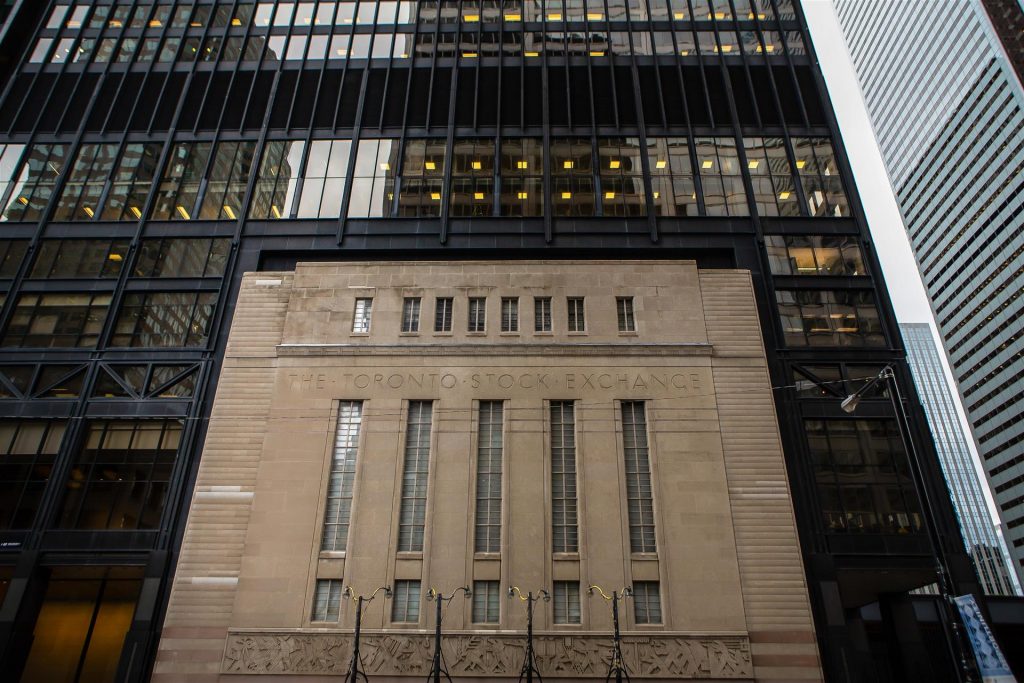Bank of Canada Holds Interest Rate at 5%
The Bank of Canada has held its benchmark interest rate at 5%, marking the sixth consecutive pause after a tightening campaign in 2023 to cool high inflation. It appears to be working, with the inflation rate easing back to 2.8 per cent in February. Price pressures have eased across goods and services, but remain elevated across shelter costs, including rent and mortgage interest costs. The Bank expect inflation to hover around three per cent in the first half of 2024, fall below 2.5 per cent in the second half of the year, and before returning to the two-per-cent target in 2025.
The Bank’s rate influences the cost of borrowing in Canada, including mortgage rates and other types of loans. Higher interest rates in 2023 had a tangible impact on the Canadian housing market. The pause in interest rates, and hopes for a decrease, could spur buying activity this spring and summer.
“Over the past year, Canadians have faced some of the highest interest rates seen in decades. This, coupled with a severe lack of housing inventory, resulted in a softer market to close out 2023. The Bank of Canada’s decision today to hold the benchmark rate is welcomed by many Canadians, especially by those who have been sitting on the sidelines, waiting for the right time to re-enter the market.”

Bank of Canada’s 2024 Policy Interest Rate Announcement Schedule
Bank of Canada announces its decision for the overnight rate target eight times a year, typically on a Wednesday. The schedule for 2024 is as follows:
- Wednesday, January 24*
- Wednesday, March 6
- Wednesday, April 10*
- Wednesday, June 5
- Wednesday, July 24*
- Wednesday, September 4
- Wednesday, October 23*
- Wednesday, December 11
Read the full interest rate announcement below:
The Bank of Canada today held its target for the overnight rate at 5%, with the Bank Rate at 5¼% and the deposit rate at 5%. The Bank is continuing its policy of quantitative tightening.
The Bank expects the global economy to continue growing at a rate of about 3%, with inflation in most advanced economies easing gradually. The US economy has again proven stronger than anticipated, buoyed by resilient consumption and robust business and government spending. US GDP growth is expected to slow in the second half of this year, but remain stronger than forecast in January. The euro area is projected to gradually recover from current weak growth. Global oil prices have moved up, averaging about $5 higher than assumed in the January Monetary Policy Report (MPR). Since January, bond yields have increased but, with narrower corporate credit spreads and sharply higher equity markets, overall financial conditions have eased.
The Bank has revised up its forecast for global GDP growth to 2¾% in 2024 and about 3% in 2025 and 2026. Inflation continues to slow across most advanced economies, although progress will likely be bumpy. Inflation rates are projected to reach central bank targets in 2025.
In Canada, economic growth stalled in the second half of last year and the economy moved into excess supply. A broad range of indicators suggest that labour market conditions continue to ease. Employment has been growing more slowly than the working-age population and the unemployment rate has risen gradually, reaching 6.1% in March. There are some recent signs that wage pressures are moderating.
Economic growth is forecast to pick up in 2024. This largely reflects both strong population growth and a recovery in spending by households. Residential investment is strengthening, responding to continued robust demand for housing. The contribution to growth from spending by governments has also increased. Business investment is projected to recover gradually after considerable weakness in the second half of last year. The Bank expects exports to continue to grow solidly through 2024.
Overall, the Bank forecasts GDP growth of 1.5% in 2024, 2.2% in 2025, and 1.9% in 2026. The strengthening economy will gradually absorb excess supply through 2025 and into 2026.
CPI inflation slowed to 2.8% in February, with easing in price pressures becoming more broad-based across goods and services. However, shelter price inflation is still very elevated, driven by growth in rent and mortgage interest costs. Core measures of inflation, which had been running around 3½%, slowed to just over 3% in February, and 3-month annualized rates are suggesting downward momentum. The Bank expects CPI inflation to be close to 3% during the first half of this year, move below 2½% in the second half, and reach the 2% inflation target in 2025.
Based on the outlook, Governing Council decided to hold the policy rate at 5% and to continue to normalize the Bank’s balance sheet. While inflation is still too high and risks remain, CPI and core inflation have eased further in recent months. The Council will be looking for evidence that this downward momentum is sustained. Governing Council is particularly watching the evolution of core inflation, and continues to focus on the balance between demand and supply in the economy, inflation expectations, wage growth, and corporate pricing behaviour. The Bank remains resolute in its commitment to restoring price stability for Canadians.
Source: RE/MAX.ca
If you want to buy or sell a Toronto condo or loft, contact Casey Ragan at 416-486-5588 or by email at casey@remaxhallmark.com
Casey Ragan
“Toronto’s Condo Authority”

